The world is home to a vast array of insects, some of which can be incredibly dangerous to humans. From tiny mosquitoes to giant hornets, these 16 insects and arachnids are among the most deadly creatures on the planet.
1. Mosquitoes
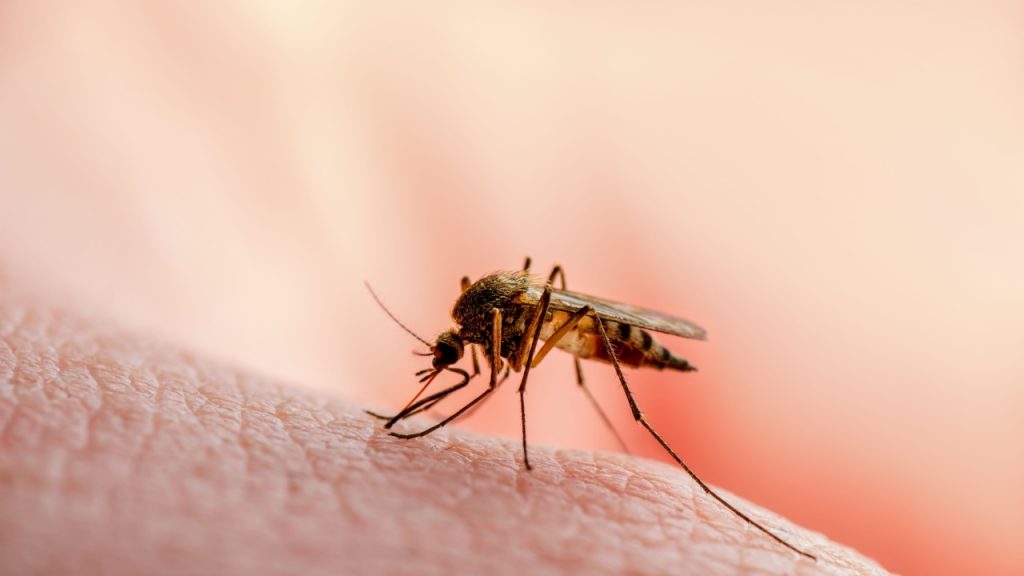
Mosquitoes are responsible for more human deaths than any other creature on Earth. These tiny insects can carry a variety of deadly diseases, including malaria, dengue fever, and Zika virus. Mosquitoes are found on every continent except Antarctica and are particularly prevalent in tropical and subtropical regions.
2. Tsetse Flies
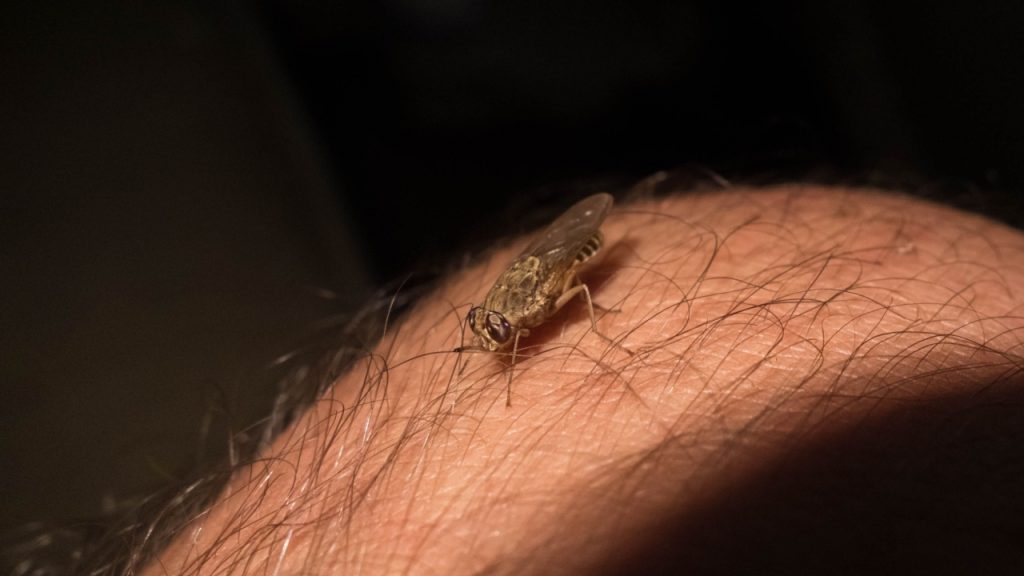
Tsetse flies are large, biting flies found in sub-Saharan Africa. These insects are the primary vector for African trypanosomiasis, also known as sleeping sickness, a potentially fatal disease that affects both humans and animals. Tsetse flies are most active during the day and are attracted to the movement and body heat of their hosts.
3. Kissing Bugs
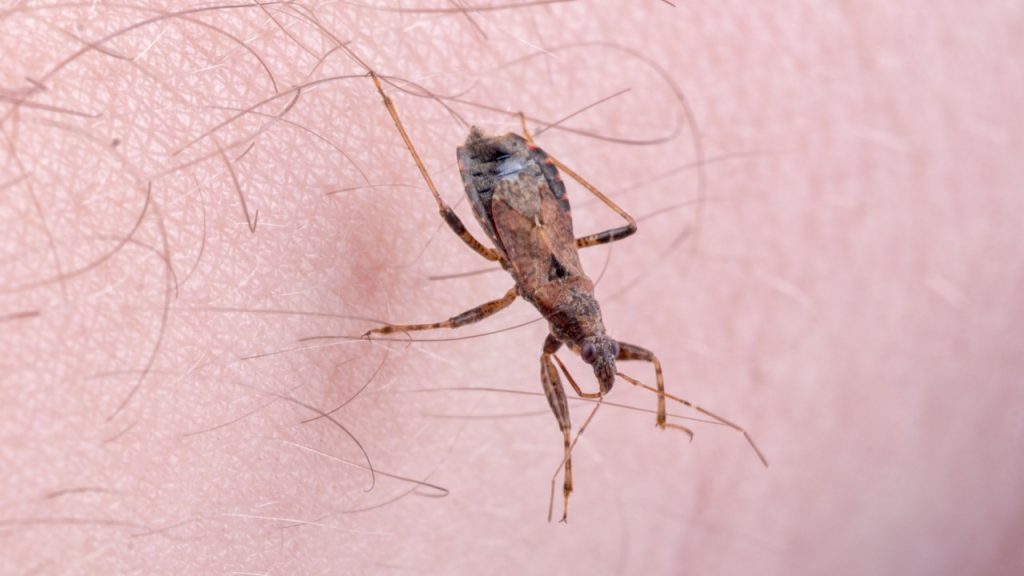
Kissing bugs, also known as triatomine bugs, are blood-sucking insects found primarily in the Americas. These insects are the primary vector for Chagas disease, a potentially life-threatening illness that can cause heart and digestive problems. Kissing bugs are nocturnal and often feed on sleeping humans, biting around the mouth and eyes.
4. Fire Ants
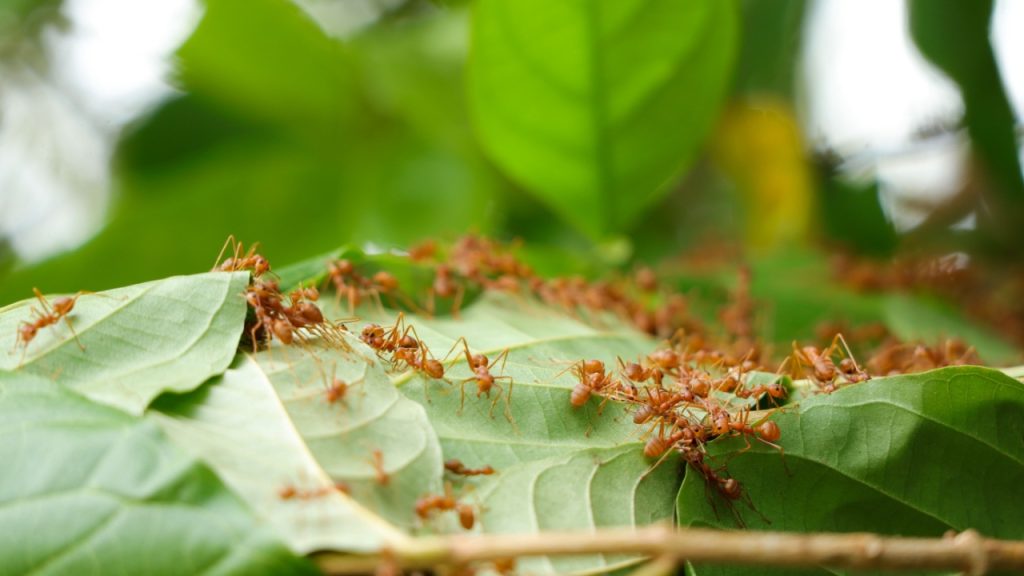
Fire ants are small, aggressive ants found in various parts of the world, including the southern United States, Australia, and parts of Asia. These ants are known for their painful, venomous stings, which can cause severe allergic reactions in some people. Fire ants are social insects that live in large colonies and can quickly swarm and attack when disturbed.
5. Africanized Honey Bees
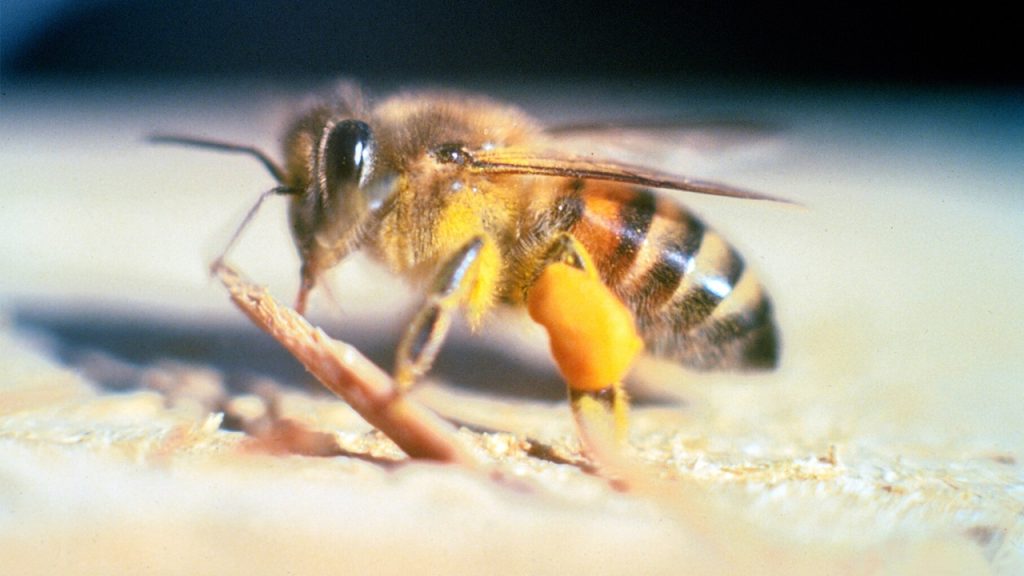
Africanized honey bees, also known as “killer bees,” are a hybrid species of honey bee known for their aggressive behavior. These bees are found primarily in the Americas and are more likely to swarm and attack humans than their European counterparts. Africanized honey bee stings can be particularly dangerous for people who are allergic to bee venom.
6. Asian Giant Hornets
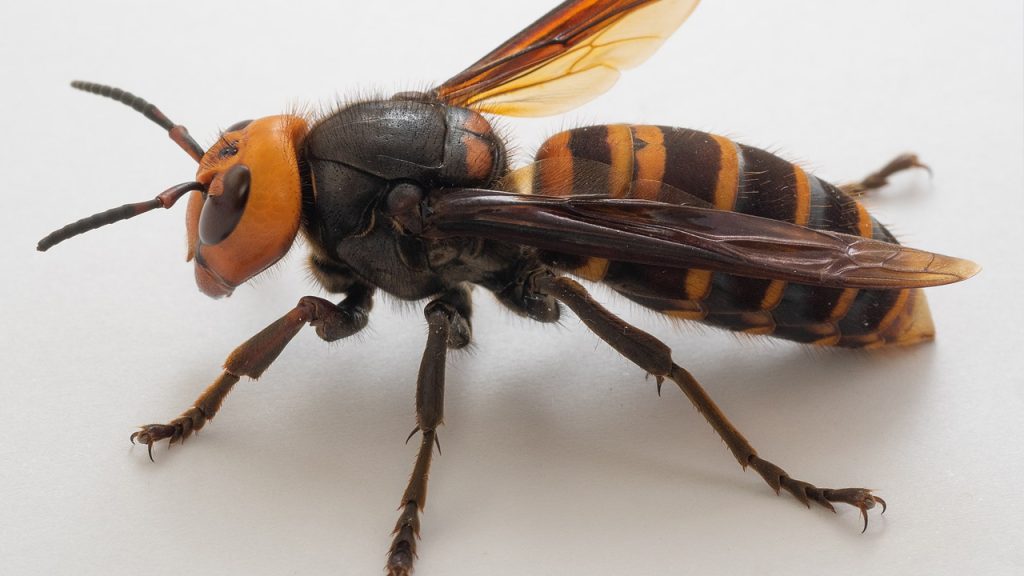
Asian giant hornets, also known as “murder hornets,” are the largest hornets in the world, with adults growing up to 2 inches (5 cm) long. These insects are native to parts of Asia and are known for their venomous stings, which can be fatal to humans in some cases. Asian giant hornets are also a significant threat to honey bee populations, as they can quickly destroy entire hives.
7. Bullet Ants
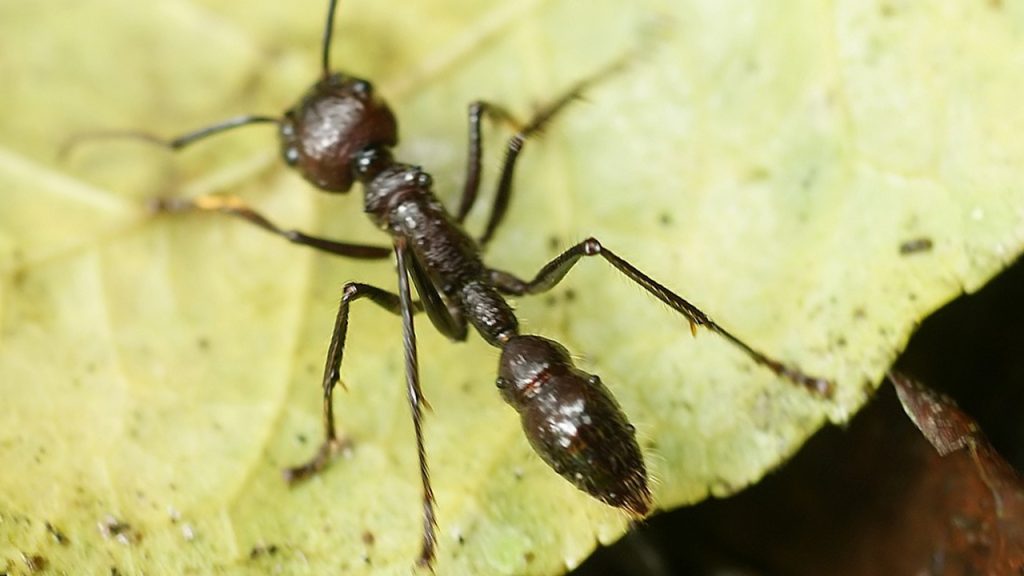
Bullet ants are large, venomous ants found in the rainforests of Central and South America. These ants are named for their incredibly painful sting, which has been compared to being shot with a bullet. Bullet ant stings can cause intense pain, swelling, and sometimes even paralysis, lasting up to 24 hours.
8. Bot Flies
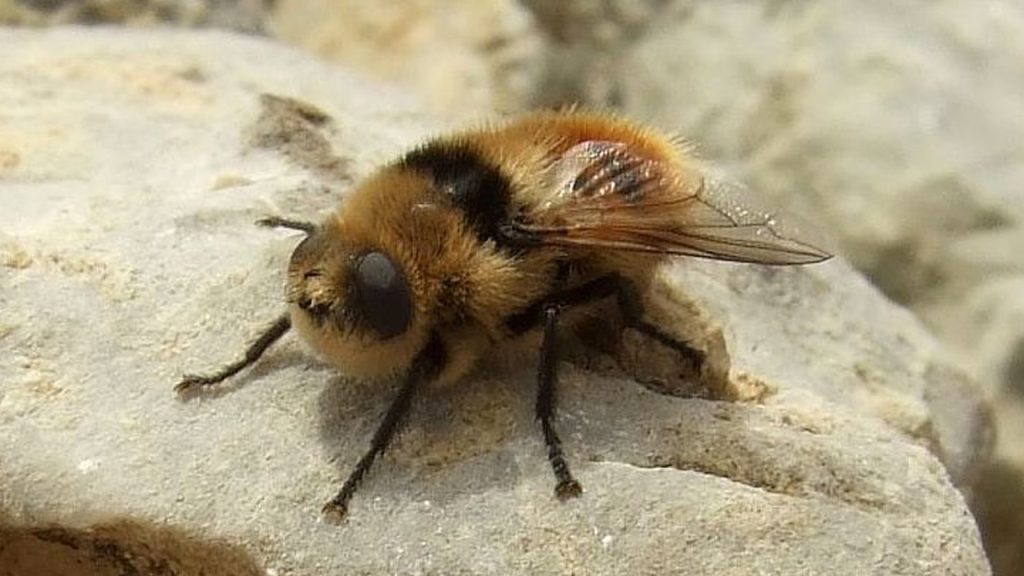
Bot flies are parasitic insects found in various parts of the world, including Central and South America. These flies lay their eggs on mosquitoes, which then transfer the eggs to humans and other mammals when they bite. Bot fly larvae burrow into the skin, causing painful, boil-like lesions as they develop.
9. Driver Ants
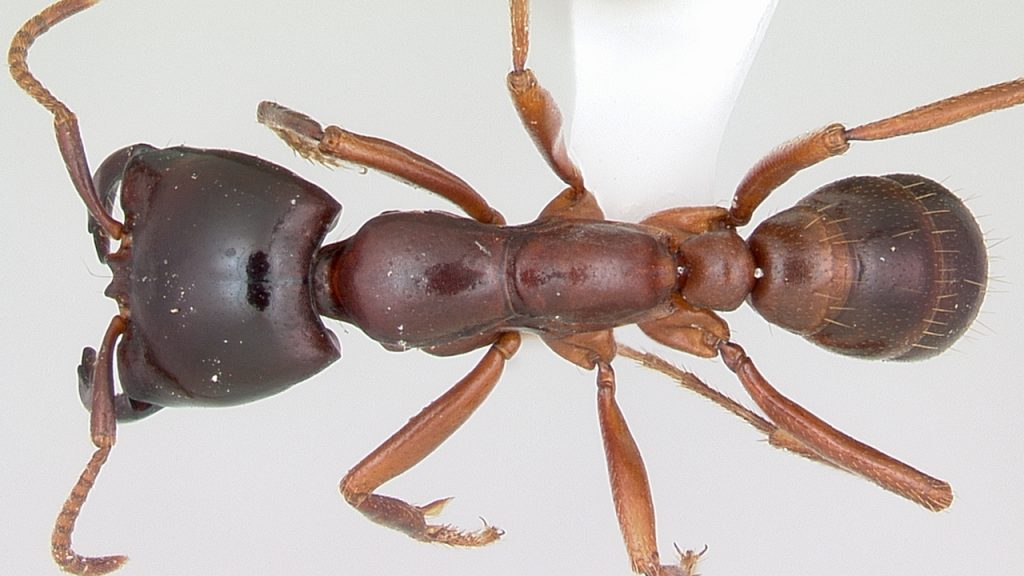
Driver ants, also known as army ants, are nomadic ants found in parts of Africa and Asia. These ants are known for their aggressive behavior and can form massive swarms containing millions of individuals. Driver ants have powerful jaws and venomous stings, and their swarms can overwhelm and consume small animals and even humans in rare cases.
10. Brazilian Wandering Spiders
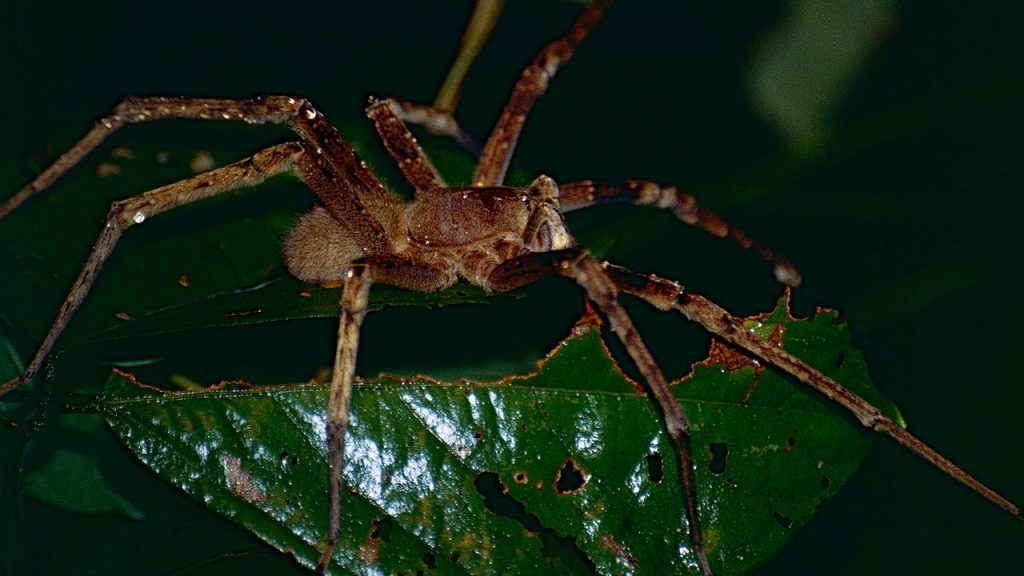
Brazilian wandering spiders are large, venomous spiders found in South America. These spiders are considered one of the most venomous in the world, with bites causing severe pain, cramping, and sometimes even death. Brazilian wandering spiders are nocturnal hunters and are known to hide in dark, sheltered places during the day.
11. Fleas
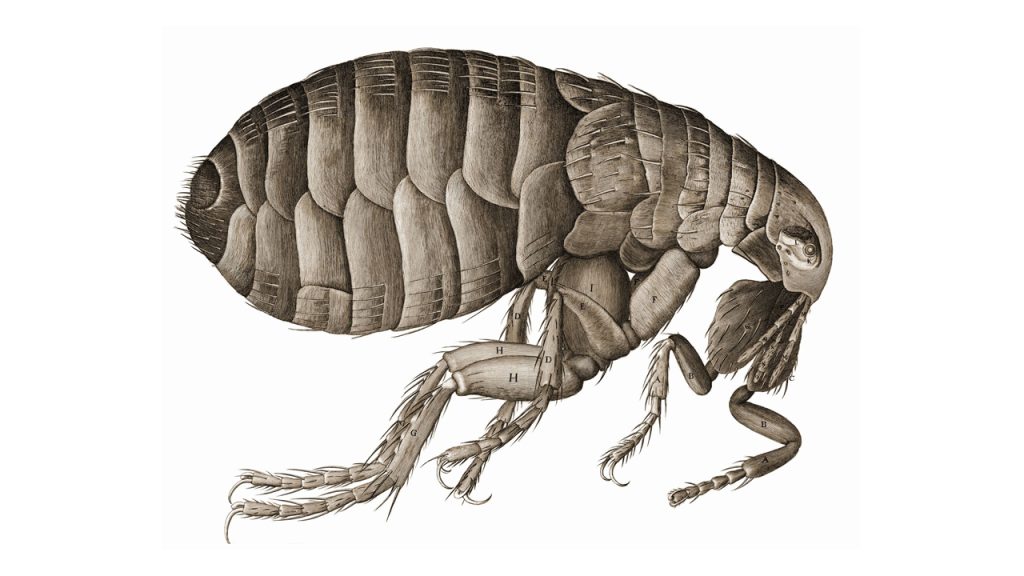
Fleas are small, wingless insects that feed on the blood of mammals and birds. These insects are known for their ability to transmit diseases, including bubonic plague and murine typhus. Fleas are found worldwide and can infest homes and pet bedding, causing itching and irritation to their hosts.
12. Assassin Bugs
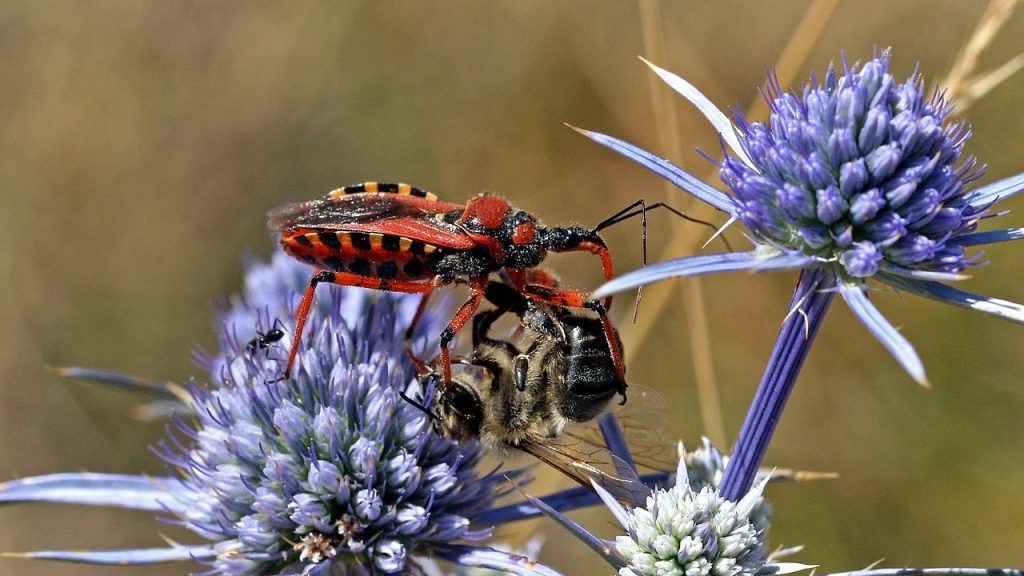
Assassin bugs are predatory insects found in various parts of the world. These insects are known for their venomous bites, which can cause severe pain, swelling, and sometimes even allergic reactions. Some species of assassin bugs, such as the kissing bug, can also transmit dangerous diseases like Chagas disease.
13. Wheel Bugs
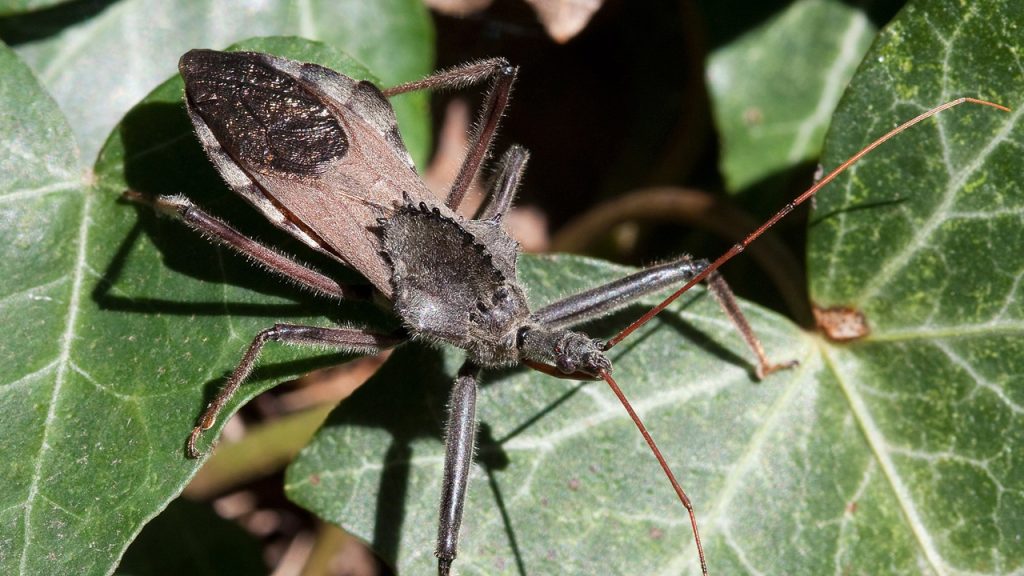
Wheel bugs are large, predatory insects found in North America. These insects are named for the distinctive, wheel-shaped crest on their backs. Wheel bugs have a venomous bite that can cause severe pain and swelling, lasting for several days. They are also known to emit a foul odor when disturbed.
14. Lonomia Caterpillars
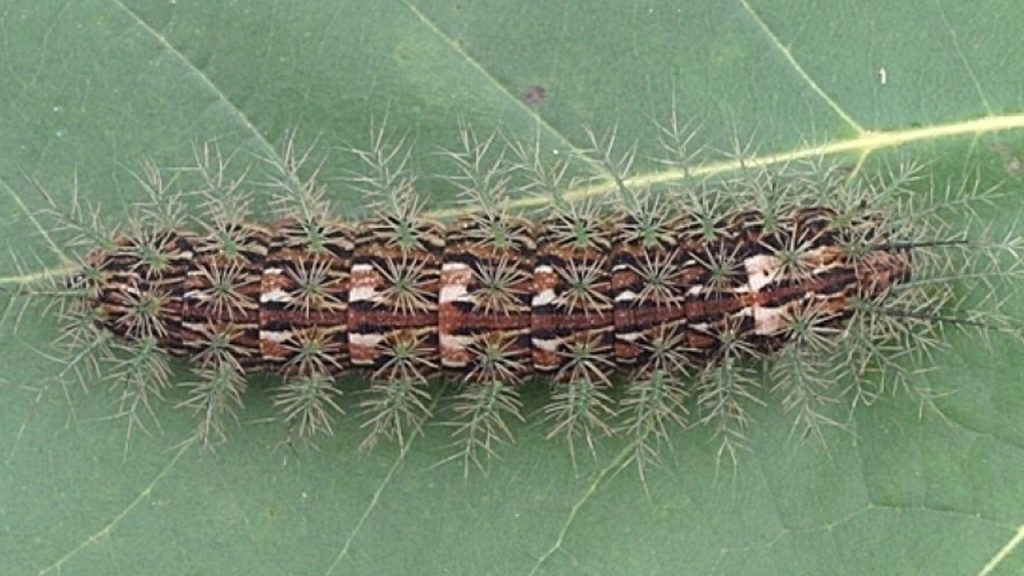
Lonomia caterpillars are venomous caterpillars found in South America. These caterpillars are covered in venomous spines that can cause severe pain, bleeding, and sometimes even death in humans. Lonomia caterpillar venom is particularly dangerous because it can interfere with blood clotting, leading to hemorrhaging and organ failure.
15. Giant Silkworm Moths
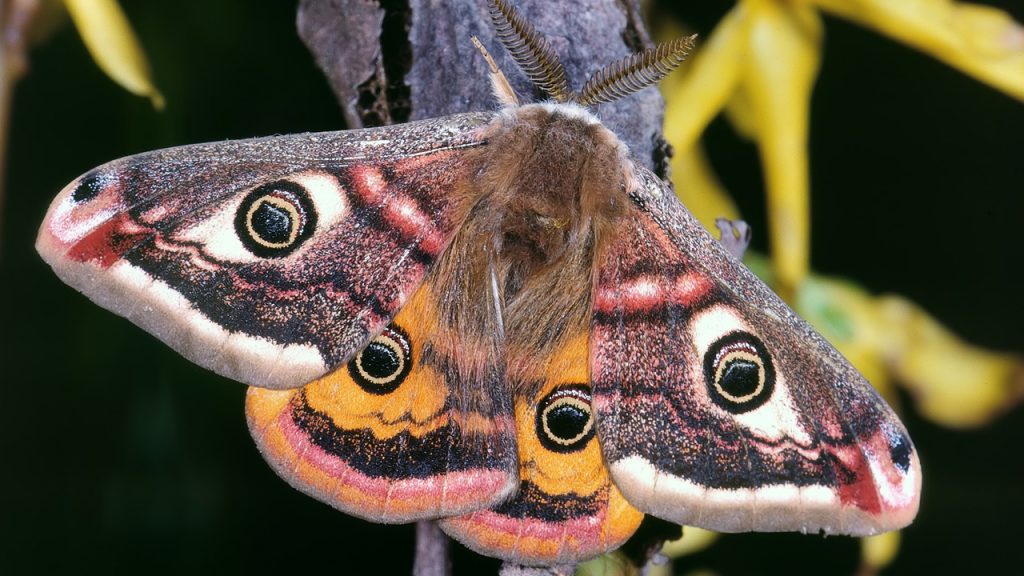
Giant silkworm moths are large, nocturnal moths found in various parts of the world, including Asia and North America. While these moths are not venomous, their caterpillars can cause severe irritation and allergic reactions in some people. Giant silkworm moth caterpillars are covered in fine, bristly hairs that can penetrate the skin and cause itching, rashes, and sometimes even difficulty breathing.
16. Red Imported Fire Ants
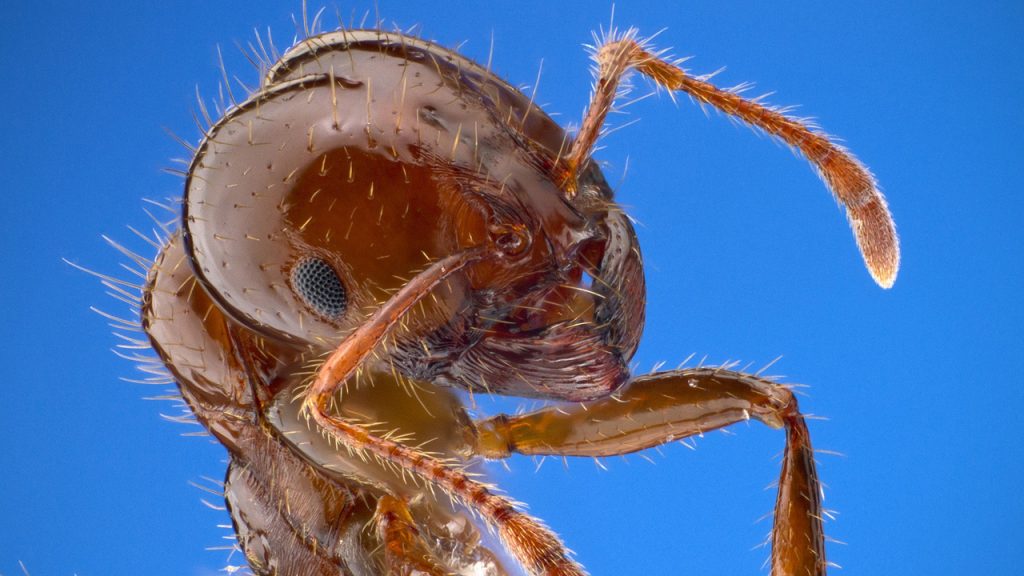
Red imported fire ants are small, aggressive ants native to South America that have been introduced to various parts of the world, including the southern United States, Australia, and parts of Asia. These ants are known for their painful, venomous stings, which can cause severe allergic reactions in some people. Red imported fire ants are social insects that live in large colonies and can quickly swarm and attack when disturbed.
Katy Willis is a writer, master herbalist, master gardener, and certified canine nutritionist who has been writing since 2002. She’s finds joy in learning new and interesting things, and finds history, science, and nature endlessly fascinating.
